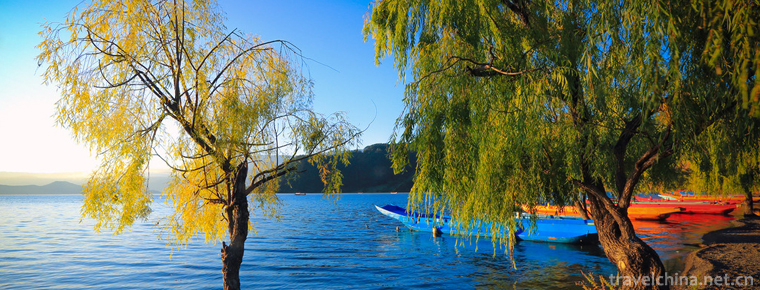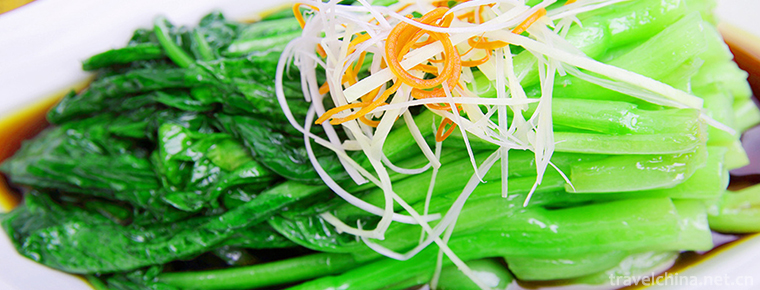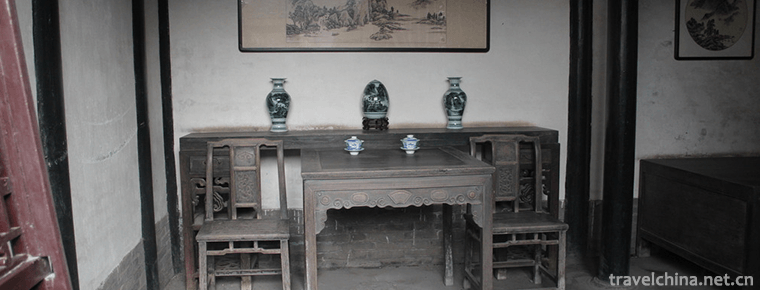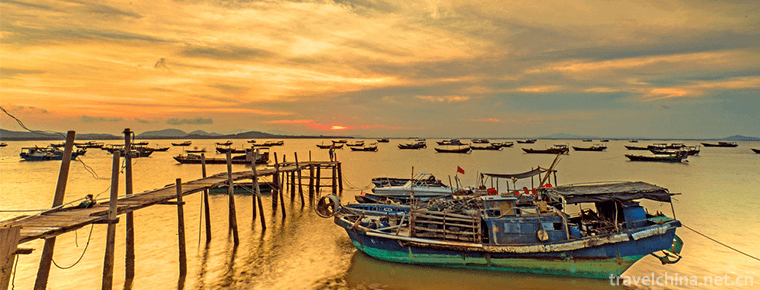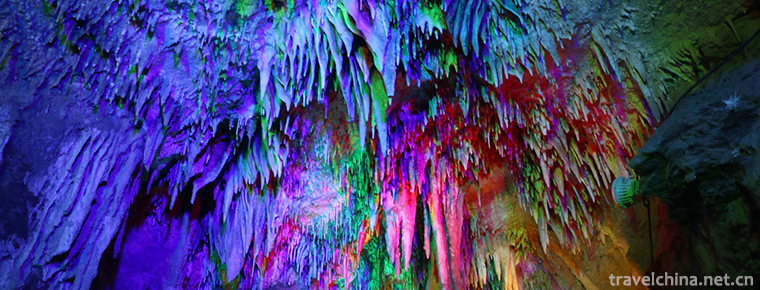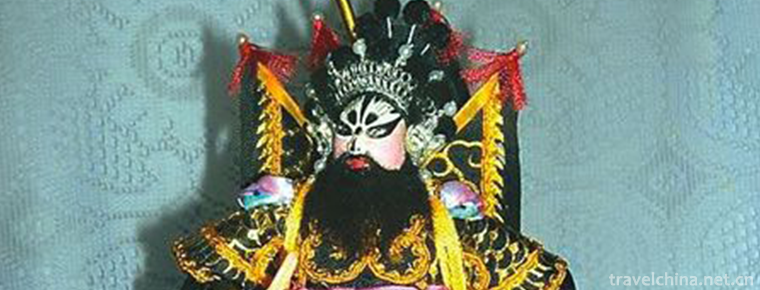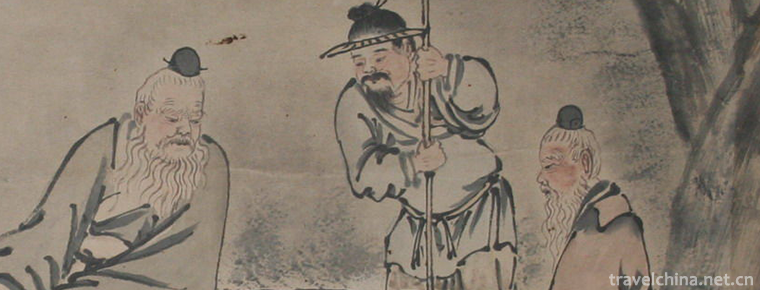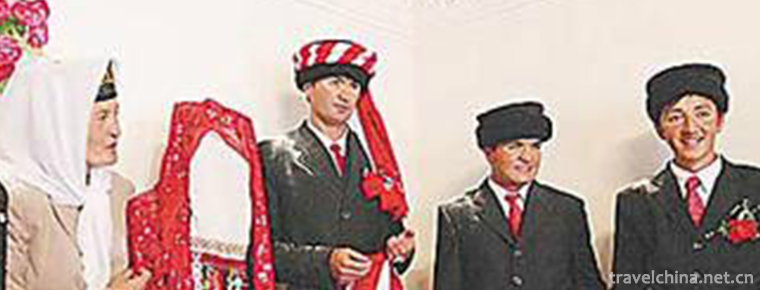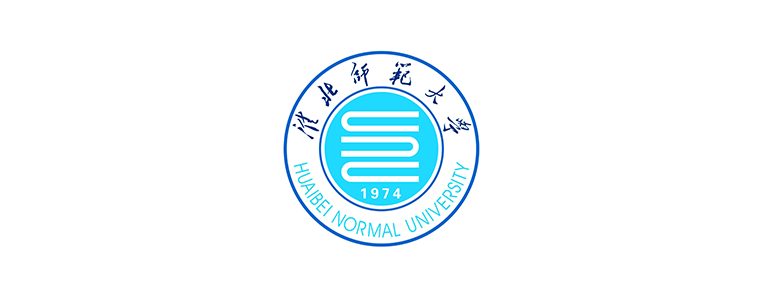Old Summer PalaceYuanmingyuan
Yuanmingyuan, also known as Yuanmingyuan, is a large-scale Imperial Palace in the Qing Dynasty. It is located in the northwestern suburbs of Beijing, adjacent to the Summer Palace, composed of Yuanmingyuan, Changchunyuan and Wanchunyuan, so it is also called Yuanmingyuan. In addition, there are many small gardens scattered around the East, West and south, surrounded by three stars.
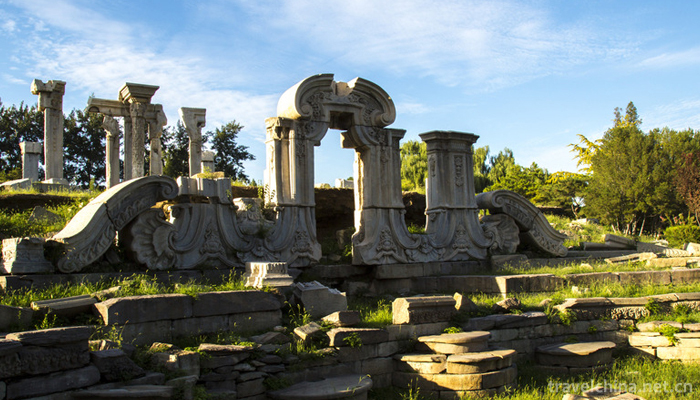
The garden covers an area of 350 hectares, with a floor area of 200,000 square meters and more than 150 scenery. It is known as "the garden of ten thousand gardens". The emperor of the Qing Dynasty came here every midsummer to take a summer vacation and listen to the government and deal with military and political affairs. Therefore, it is also called the Summer Palace.
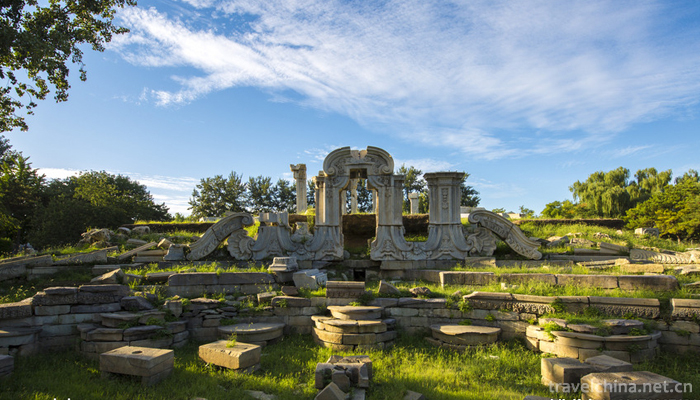
Old Summer Palace was founded in 1709 (forty-eight years in Kangxi). It was originally the garden of emperor Kangxi's four sons. After Yongzheng assumed the throne in 1722, he expanded the original grant garden, and built the Hall of Honesty and Brightness, the Hall of Diligence and many duty rooms in the Cabinet, the Six Departments and the Military Aircraft Department in the south of the garden, in order to avoid the noise and listen to the government in summer. During the reign of Emperor Qianlong, in addition to the partial reconstruction and reconstruction of the Yuanmingyuan Garden, Changchun Garden was built in the east, and Wanchunyuan was incorporated in the southeast. The pattern of Yuan Ming three garden is basically formed. In the Jiaqing Dynasty, the Yichun Garden (Wanchun Garden) was renovated and expanded, making it one of the main garden residences. During the reign of Emperor Daoguang, the state affairs were declining and the financial resources were insufficient. Nevertheless, the renovation and decoration of the Yuanming Three Gardens were not abandoned, even though the furnishings of Longevity, Xiangshan and Yuquan "Three Mountains" were withdrawn, the hot river was sheltered from summer and the Magnolia was hunted. On October 6, 1860, the British and French allied forces looted the Yuanmingyuan, looted cultural relics, burned them, and tried to repair them when the Emperor Tongzhi was in power. Afterwards, due to financial difficulties, they were forced to stop and rebuild other buildings. After the Eight Allied forces, they were attacked by bandits and eventually turned into ruins.
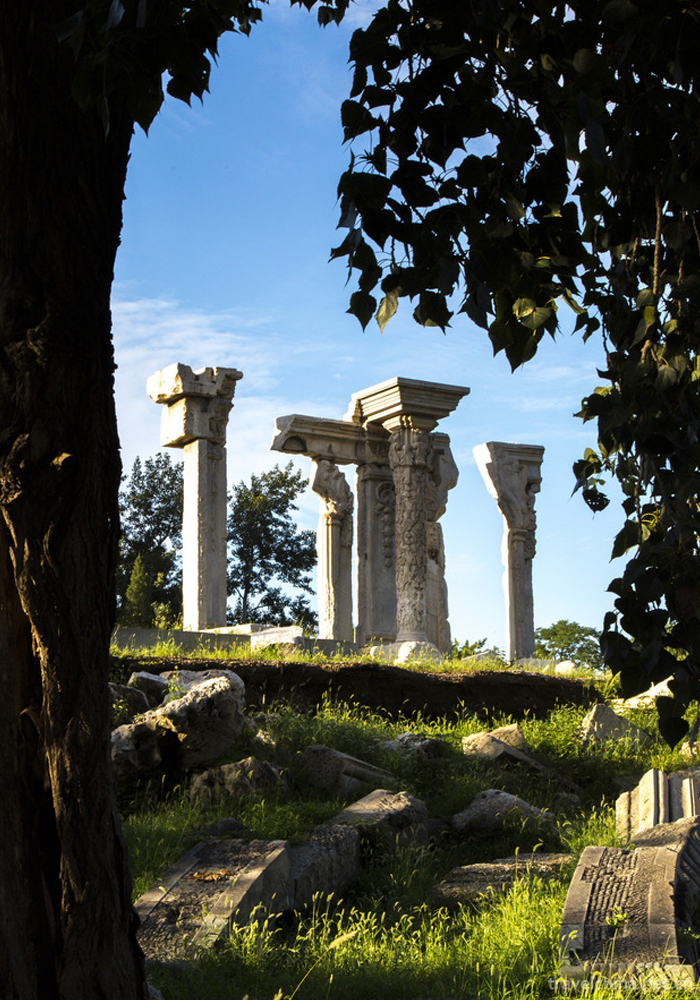
Yuanmingyuan, founded and managed by the Qing Dynasty for more than 150 years, was renowned for its grand regional scale, outstanding construction skills, exquisite architectural scenery, rich cultural collection and broad and profound national cultural connotations. It was praised as "the model of all gardening arts" by French writer Victor Hugo. Ideal and artistic paradigm.

In the mid-17th century, the Manchus seized the Central Plains and established the Qing Dynasty. Because the rulers of the Qing Dynasty lived a nomadic life in the Northeast before entering the customs, the climate was cool. After entering the customs, they were not adapted to the hot and dry climate of Beijing in midsummer. Especially in the early years of Kangxi, after a fire broke out in the Forbidden City, high palace walls were built to prevent fire. The palace courtyard set together, together with the gentle flow of rivers and gullies, almost became stagnant water, which made the emperors tired of the high-walled Palace life. Therefore, from the early years of Kangxi, they began to build gardens, which lasted for more than 200 years.
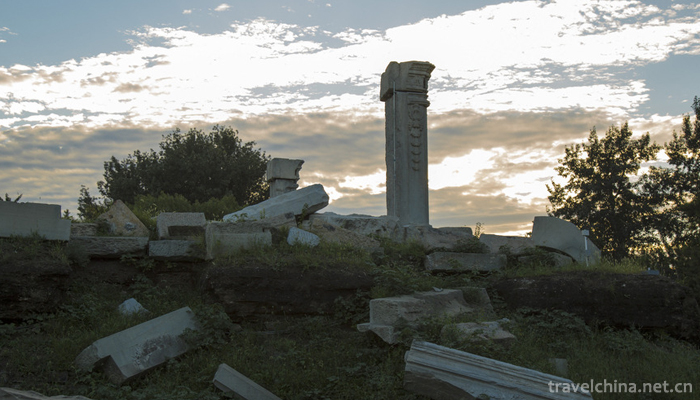
In the western suburbs of Beijing, there are endless Xishan Xiufeng: Yuquan Mountain, Longevity Hill, Wanquanzhuang, Beihai and other topographic features, free-flowing springs are everywhere, in the low-lying areas into large and small lake pools. Yuquan's landscape flows from west to East and into the Kunming lake, becoming the largest surface in the western suburbs. A large number of paddy fields have been reclaimed and natural scenic spots have been formed. As early as the Liao Dynasty, the emperor built the Yuquan Mountain Palace here, to the Ming Dynasty, the natural scenery here attracted more visitors, so some of the elite officials occupied the countryside to build villas, a large piece of land was occupied. During the Wanli period, Li Wei, the emperor's Prince and Marquis of the Qing Dynasty, built a magnificent Tsinghua Garden (formerly outside the west wall of Peking University), known as the "First Garden of the Kingdom". Later Mi Wanzhong guided the lake outside the east wall of the Tsinghua Garden, pioneering the elegant and beautiful "spoon garden" to take the meaning of "a spoon of Haidian". In the open countryside, pavilions and pavilions appeared to blend with the scenery of lakes and mountains, becoming a famous garden gathering place in the suburbs of Beijing. In the Qing Dynasty, the emperor also saw the excellent garden in the western suburbs. The gardens began to be built on a large scale.
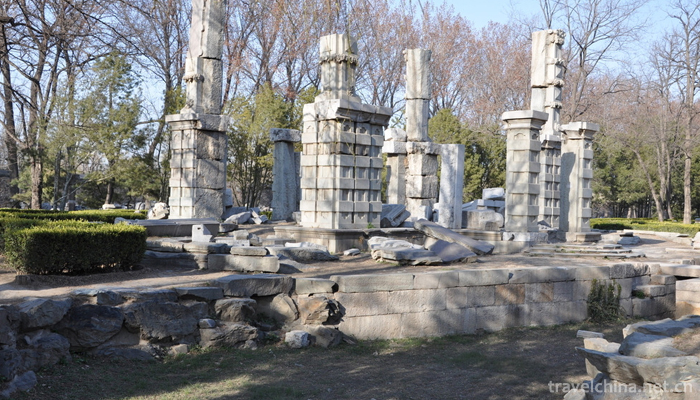
The location of Old Summer Palace is located in the north of gujia village, about a hundred times from Changchun Garden.
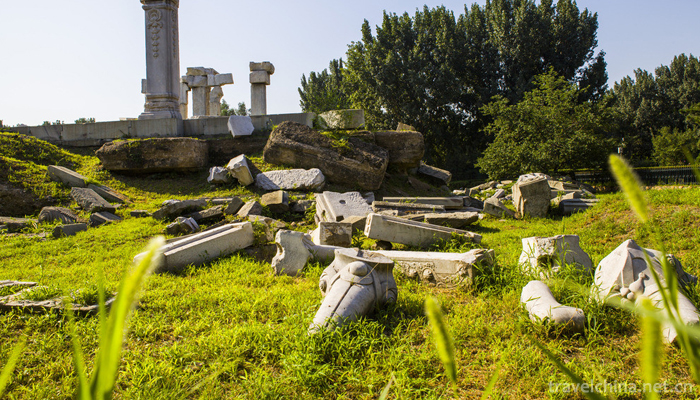
North of Beijing University, west of Tsinghua University. During the reign of Kangxi, the Yuanmingyuan Garden contained the front lake and the back lake, with the built-in gardens of "peony terrace" and "natural pictures". At that time, the Yuanmingyuan Garden was still a vassal garden, and its scale could not exceed the Emperor's Changchun Garden. But later, with the ascent of the master, the arrival of the Qing Dynasty, in its many years of expansion, has finally become the most magnificent imperial garden in China's history.
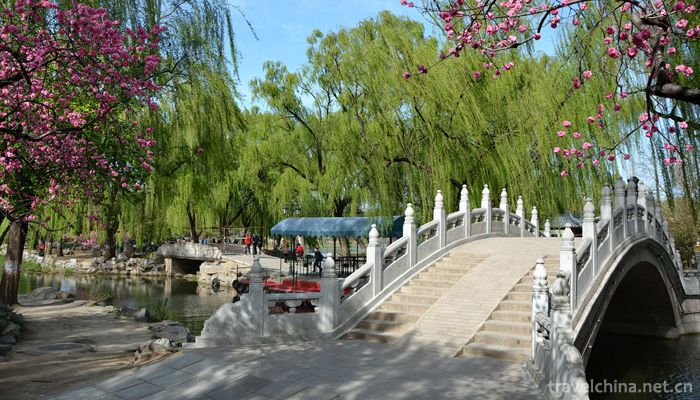
The chief designer of Yuanmingyuan is Lei Jinyu. He was favored by Kangxi when he built the Forbidden City, but in the actual construction, he was mostly guided by the emperor, whether Kangxi, Yongzheng or Qianlong. And created the "hot" model method. But it was destroyed in the year of Xianfeng.
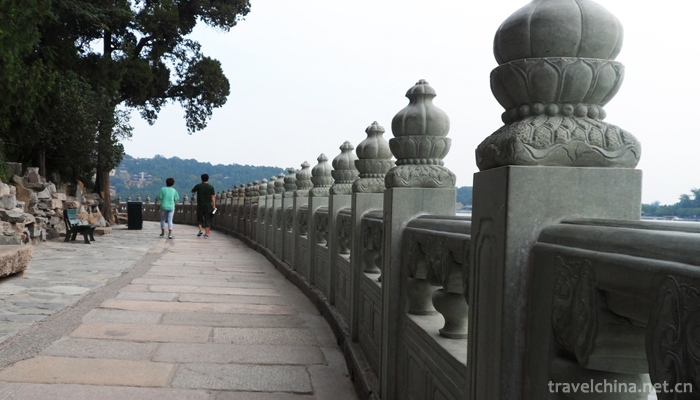
More pic
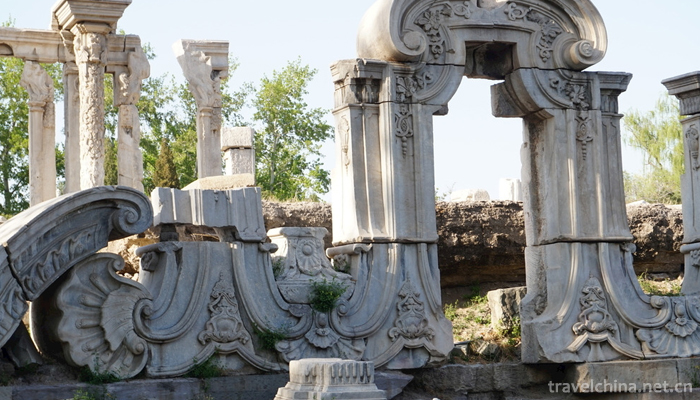
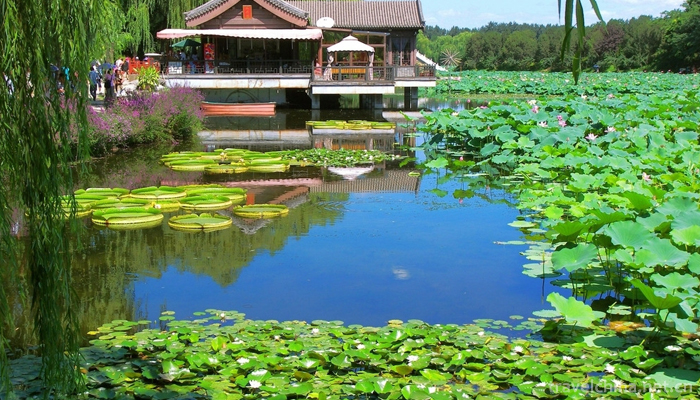
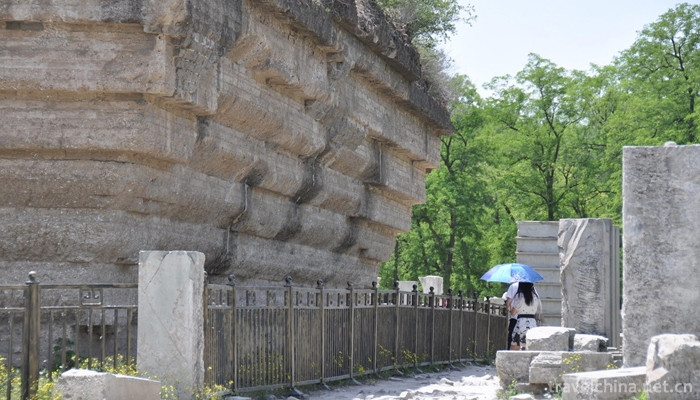
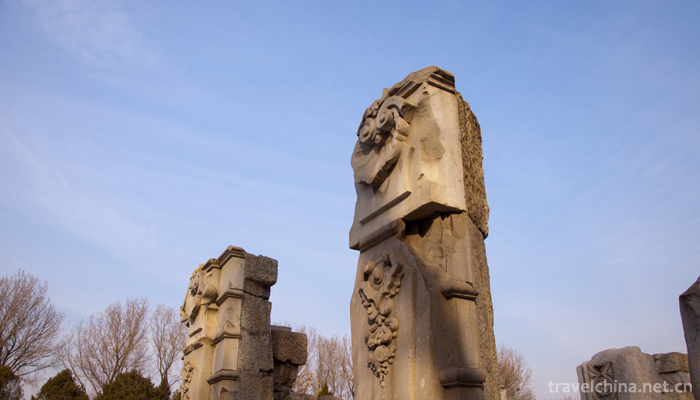
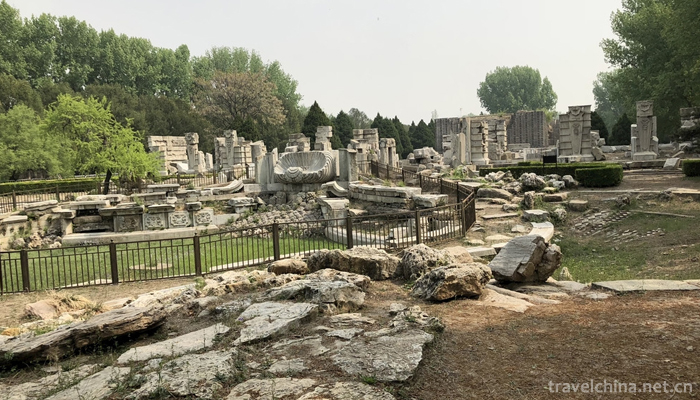
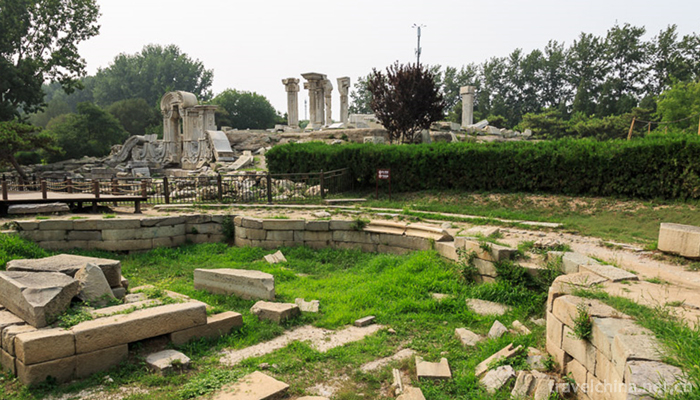
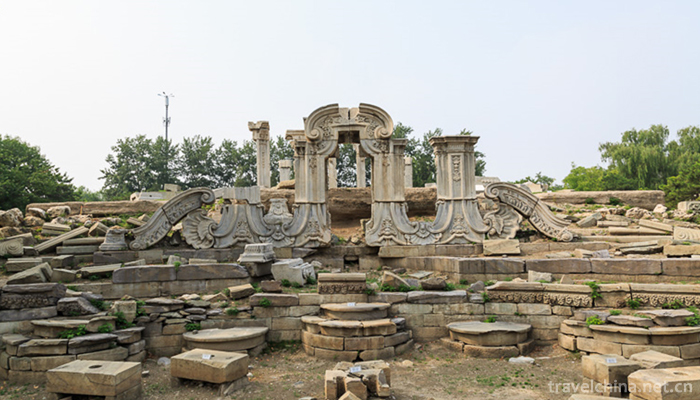
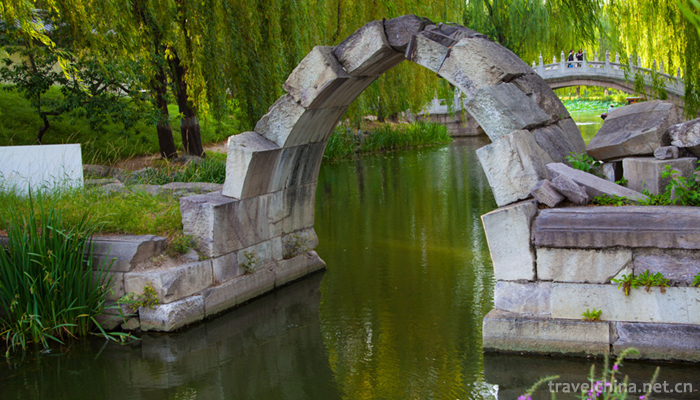
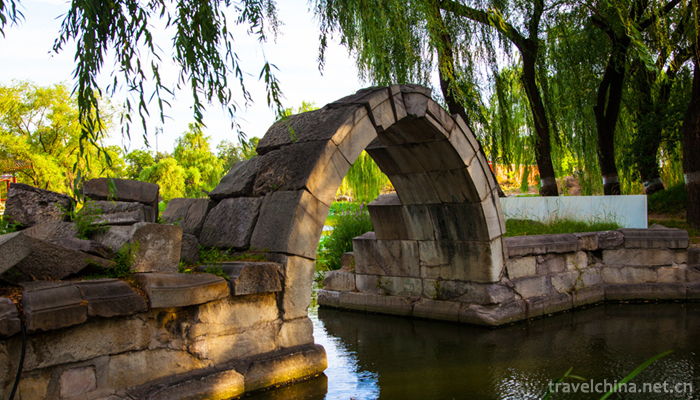
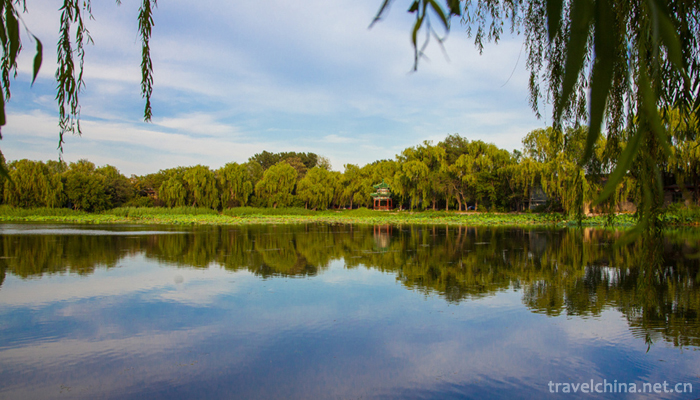
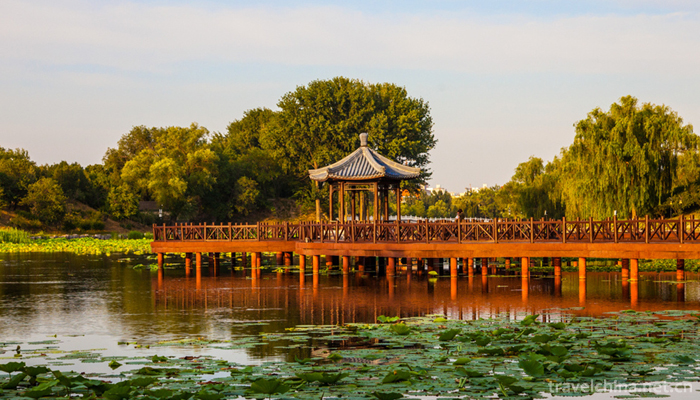
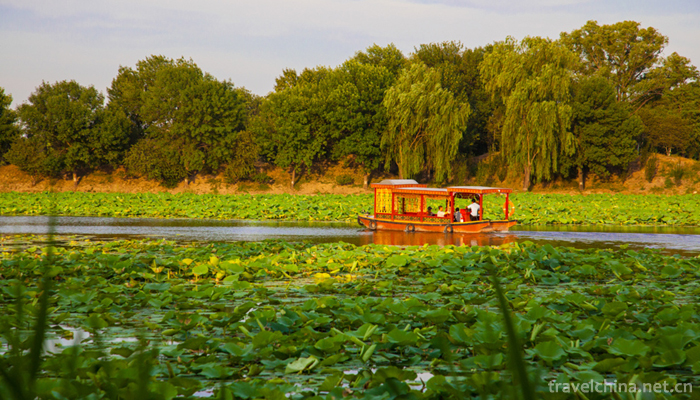

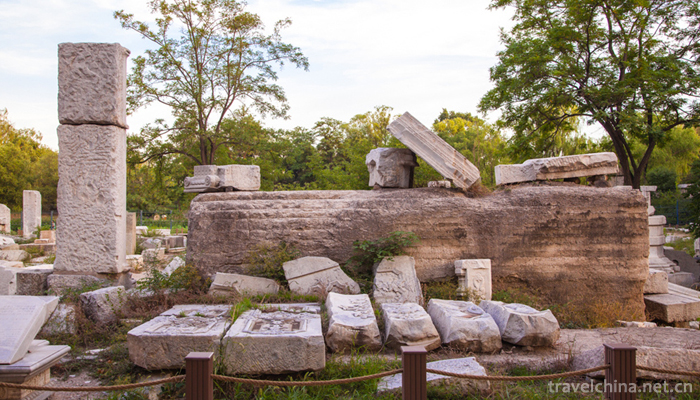
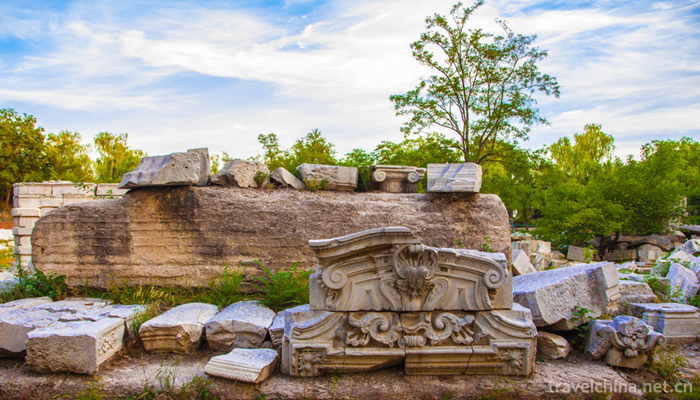
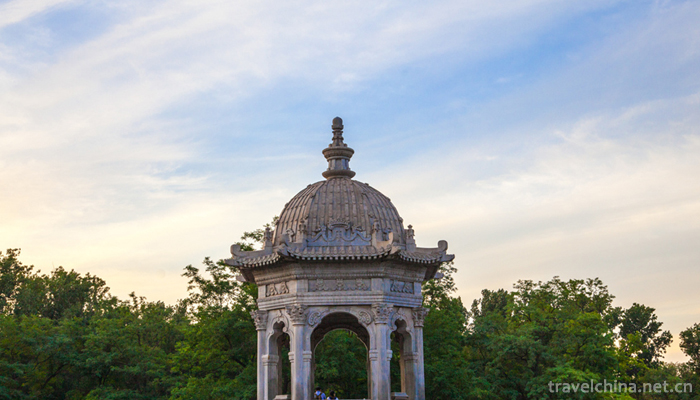

Address:No. 28 Qinghua West Road, Haidian District, Beijing, China
Tel:+86-010-62628501
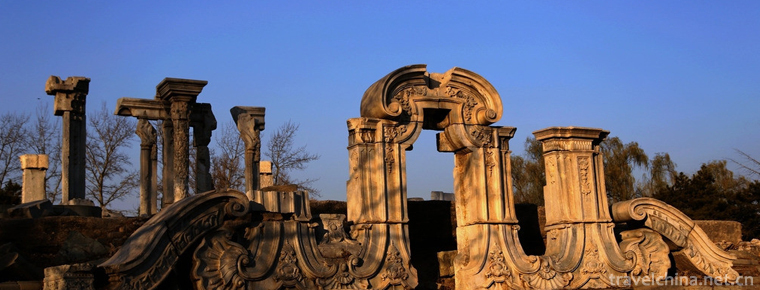
Old Summer PalaceYuanmingyuan
-
Lugu Lake
Lugu Lake, commonly known as Zuozuohai, the ancient name Lede Sea
Views: 142 Time 2018-10-17 -
Boiled Chinese flowering cabbage
Boiled cabbage is a traditional dish in Guangdong province. It is a Cantonese cuisine. This dish is crisp and tender in quality, unique in flavor and rich in nutrition.
Views: 176 Time 2018-11-02 -
Zhou Enlais Hometown Scenic Spot
Zhou Enlai's hometown scenic spot is located in Huai'an City, Jiangsu Province, a famous historical and cultural city in China. It is a national 5A-level tourist attraction.
Views: 215 Time 2018-12-06 -
Hailing Island Dajiao Bay Sea Silk Road Tourist Area Yangjiang City
Dajiaowan Scenic Area of Hailing Island in Yangjiang is located in Zhapo Town of Hailing Island, Yangjiang City, Guangdong Province.
Views: 133 Time 2019-01-13 -
Jinjiang Amusement Park
Jinjiang Paradise is the first large-scale modern amusement park in Shanghai, China. It covers an area of 170 Mu and has 40 amusement projects. It is suitable for tourists of all ages. It receives abo
Views: 217 Time 2019-01-29 -
Yishui Natural Underground Gallery Scenic Area
Yishui Natural Underground Gallery is located in Liuhuyu Township, Dongtou Township, Yishui County, Shandong Province, which is the first ecological town in Yimeng and the hometown of Hongsiao.
Views: 374 Time 2019-03-04 -
Color tie
Color tie Coloured tie is also called paper tie and silk tie. It is a kind of simulation art of Chinese traditional folk crafts, and also a comprehensive handicraft.
Views: 348 Time 2019-04-04 -
Legend of Ronke Mountain
The legend of Mount Ronke is a local folklore spread in Quzhou, Zhejiang Province. Weiqi originated in China, and it is said that the root of Weiqi is Mount Ronke.
Views: 167 Time 2019-05-11 -
Tajik Marriage Customs
On the Pamir Plateau, which is more than 4000 meters above sea level, there is a Tajik people living in China. This is a people who can sing, dance and hospitality. Their life is full of mystery, and
Views: 146 Time 2019-06-17 -
Huaibei Normal University
Huaibei Normal University, or Huaibei Normal University, is a multi discipline. Provincial Key Universities Selected Infrastructure construction of universities in the central and Western Regions (pha
Views: 242 Time 2019-11-15 -
Nanchong scenic spot
The national 5A tourist attraction is located in Ma'an Town, Yilong County, with a total planning area of 52.5 square kilometers. The core scenic area with the former residence of Zhu De, the birthplace of Zhu De and the memorial hall of former residence of Comrade
Views: 334 Time 2020-12-17 -
Main scenic spots in Meishan
Jiulongshan Forest Park is located in the southwest of Sichuan Province, in Yangchang Town, Danling County, Meishan City, about 20km away from Danling county. It covers an area of 380 hectares, including 100 hectares of core scenic area. The a
Views: 161 Time 2020-12-18
